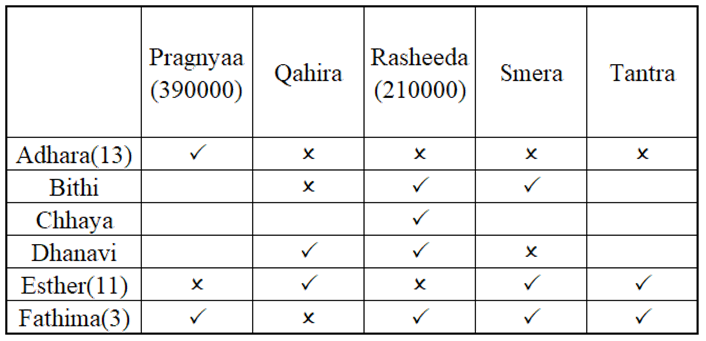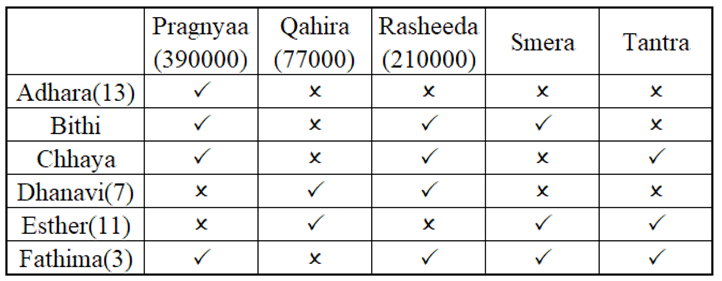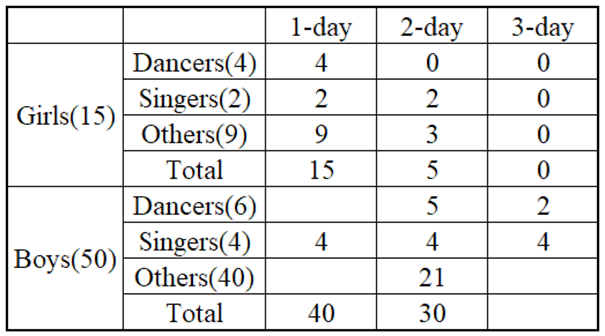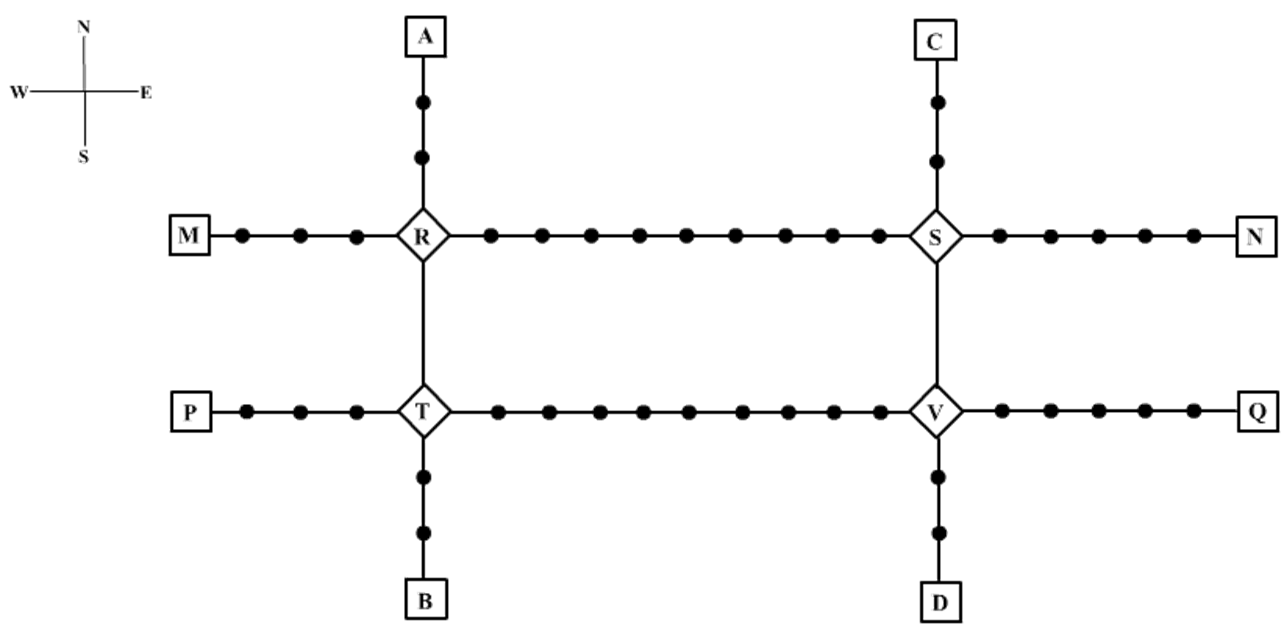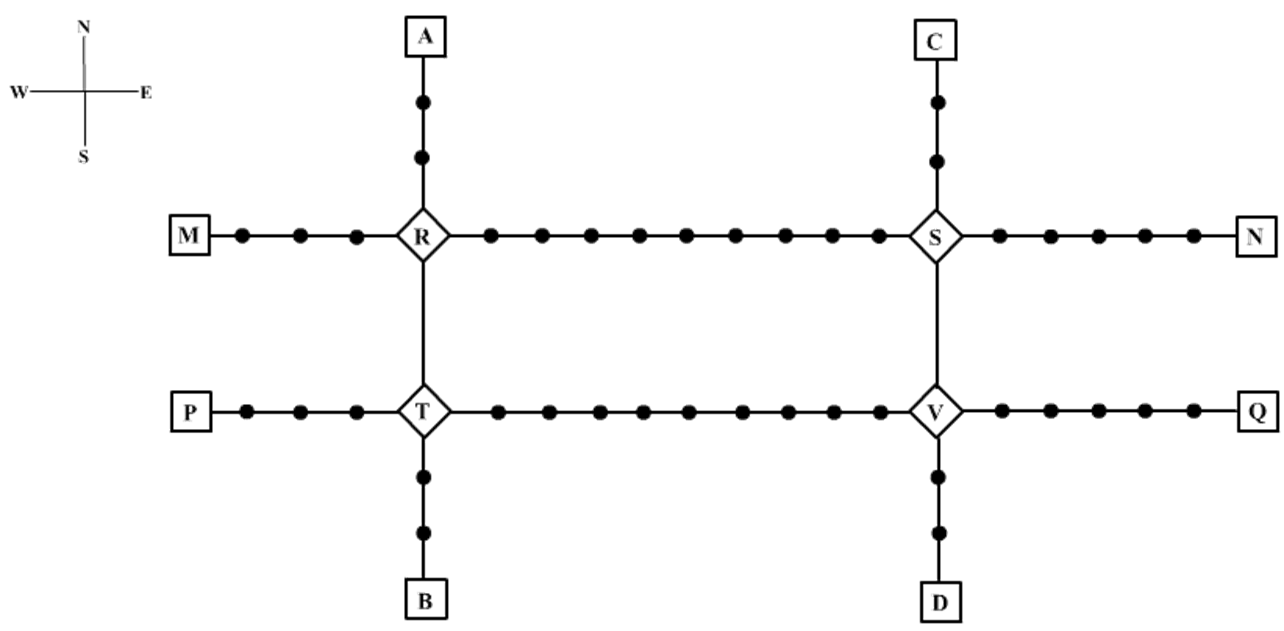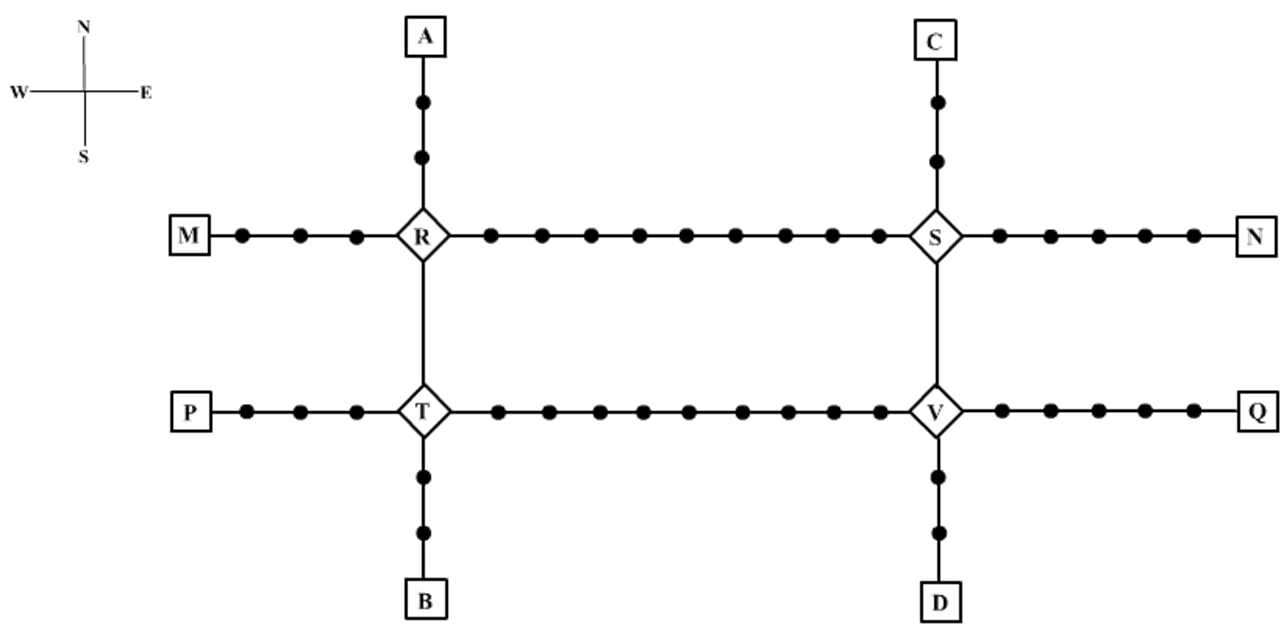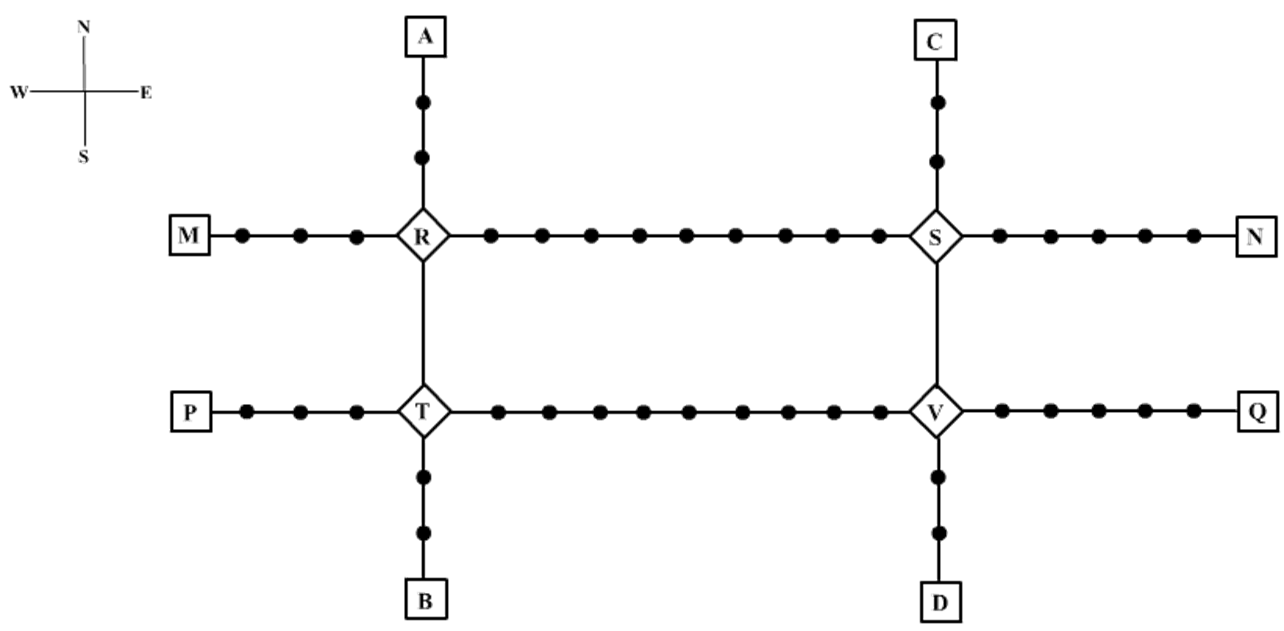Directions for questions 40 to 44:
Answer the questions on the basis of the information given below.
Questions 40 to 44 carry 3 marks each
Adhara, Bithi, Chhaya, Dhanavi, Esther, and Fathima are the interviewers in a process that awards funding for new initiatives. Every interviewer individually interviews each of the candidates individually and awards a token only if she recommends funding. A token has a face value of 2, 3, 5, 7, 11, or 13. Each interviewer awards tokens of a single face valueonly.
Once all six interviews are over for a candidate, the candidate receives a funding that is Rs.1000 times the product of the face values of all the tokens. For example, if a candidatehas tokens with face values 2, 5, and 7, then they get a funding of Rs.1000 × (2 × 5 × 7) =Rs.70,000.
Pragnyaa, Qahira, Rasheeda, Smera, and Tantra were five candidates who received funding. The funds they received, in descending order, were Rs.390,000, Rs.210,000,Rs.165,000, Rs.77,000, and Rs.66,000.
The following additional facts are known:
- Fathima awarded tokens to everyone except Qahira, while Adhara awarded tokens to no one except Pragnyaa.
- Rashida received the highest number of tokens that anyone received, but she did not receive one from Esther.
- Bithi awarded a token to Smera but not to Qahira, while Dhanavi awarded a token to Qahira but not to Smera.
Q. 1.
Which of the following could be the amount of funding that Tantra received?
- Rs. 66,000
- Rs. 165,000
- A).
Both (a) and (b)
- B).
Neither (a) nor (b)
- C).
Only (b)))
- D).
Only (a)
